Did you know it’s possible to prove the feasibility of innovative ideas even prior the development of a prototype? The proof of concept, for short POC, is the easiest - and most cost-effective - solution to prove new solutions and innovative projects from the very early stages.
To learn more about POC, we discussed with our Technical Leader Silvia Torretta, our Lab & Prototyping Specialist Carlo Blumer and our Lead UI Designer Nikola Mitrovic.
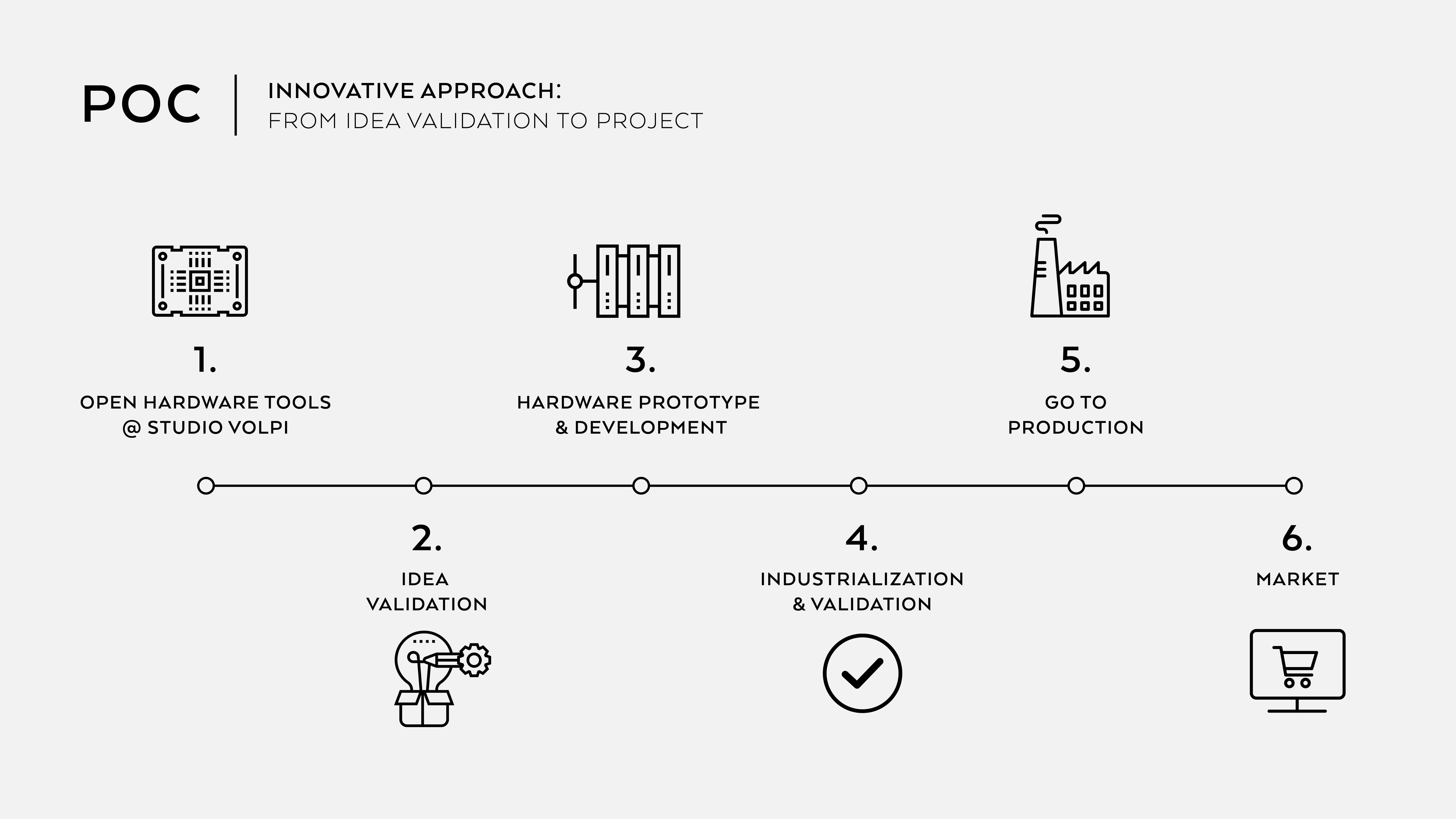
What is a POC and how does it work?
First of all, a POC is not a prototype. A POC is the realization of a certain idea in order to demonstrate its feasibility or with the aim of verifying that a concept or theory has practical potential.
A POC can be created every time a specific idea or concept needs to be proved or verified. A POC also does not replace a prototype. The latter is developed at the end of the planning of the project and after a few POCs.
Another difference between POCs and prototypes is that the first can prove specific functions or ideas - even just one -, while the prototype is very defined and detailed to represent the final product or project.
How can projects benefit from the development of POCs?
As a POC is an agile solution to solve small issues and demonstrate the functionality of a specific idea, it supports us in the development of our innovative projects that require lots of hypothesis and new ideas. In particular it’s good to validate new ideas regarding electronics, hardware, but it also proved to be the perfect ally when validating product usability.
POCs were born in the start-up scenario and they allow simple and quick troubleshooting requiring a small budget. As POCs allow an easy-fix of issues, they help clients to save budget on their projects and they easily integrate in most of the projects we develop to prove the feasibility of our solutions and to offer our clients projects that are highly innovative and actually work.
Since POCs allow to invest less efforts into testing hypothesis, they are also perfect to demonstrate new ideas and visions to stakeholders and investors. They can also be used by R&D when comparing new ideas and during workshops to show a tangible example, test usability and functionality.
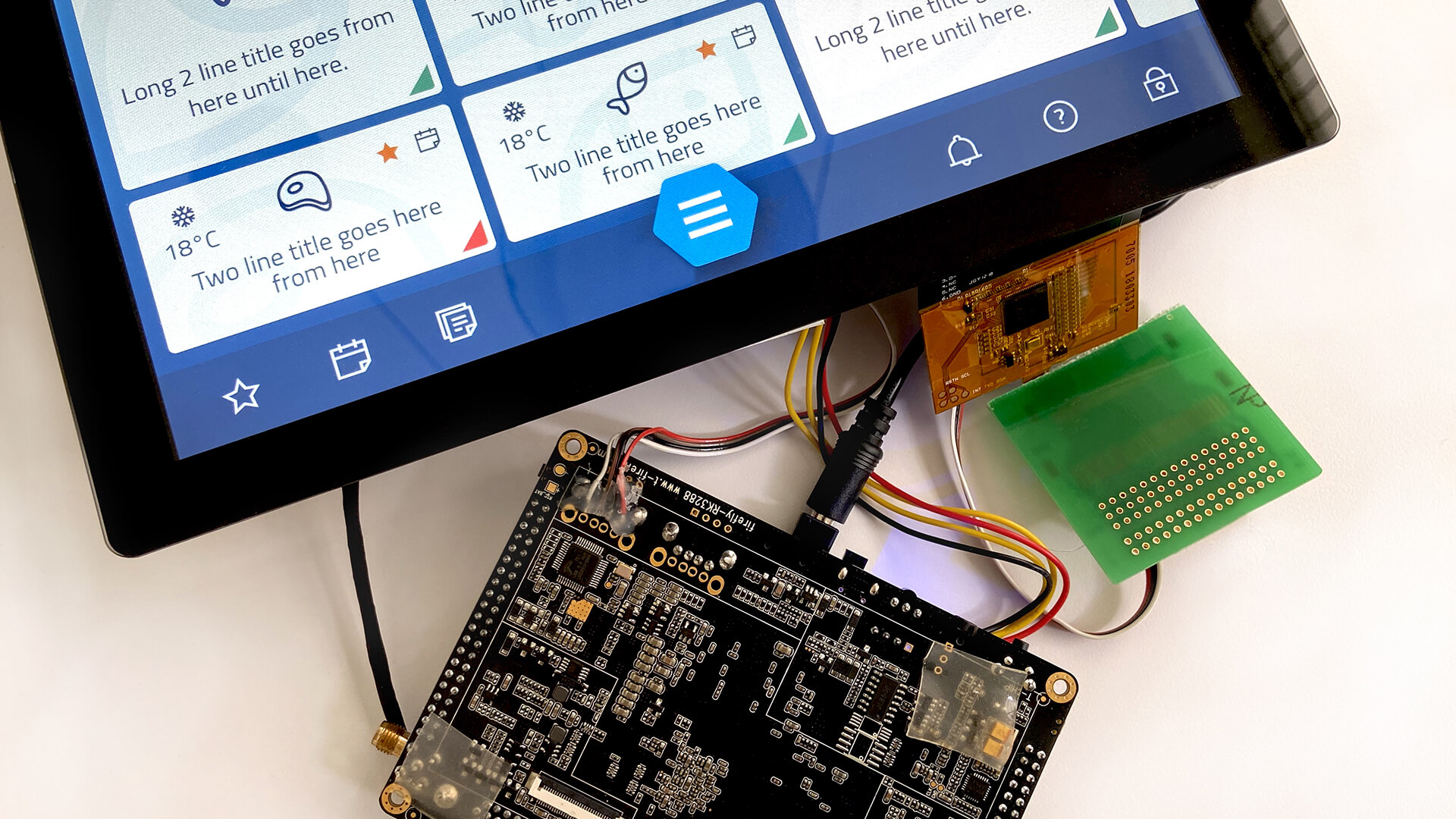
So are POCs a future trend?
Our experts have no doubt: POCs with the support of rapid prototyping will be a trend leading the innovation in the next few years. And that’s why at Studio Volpi our Lab is growing with the addition of new tools and machines to transform it in a POC centre that can boast technologies including not only 3D printers - already used for the development of POCs - but also computerized numerical control machines, 3D scanners, instrumentation for quality control and measurement of functional performance…
According to our experts, during the next few years it will be more and more common to test functions and details of projects in a cheap and quick way, through POC, in order to avoid risk and failure in a cost-effective manner.
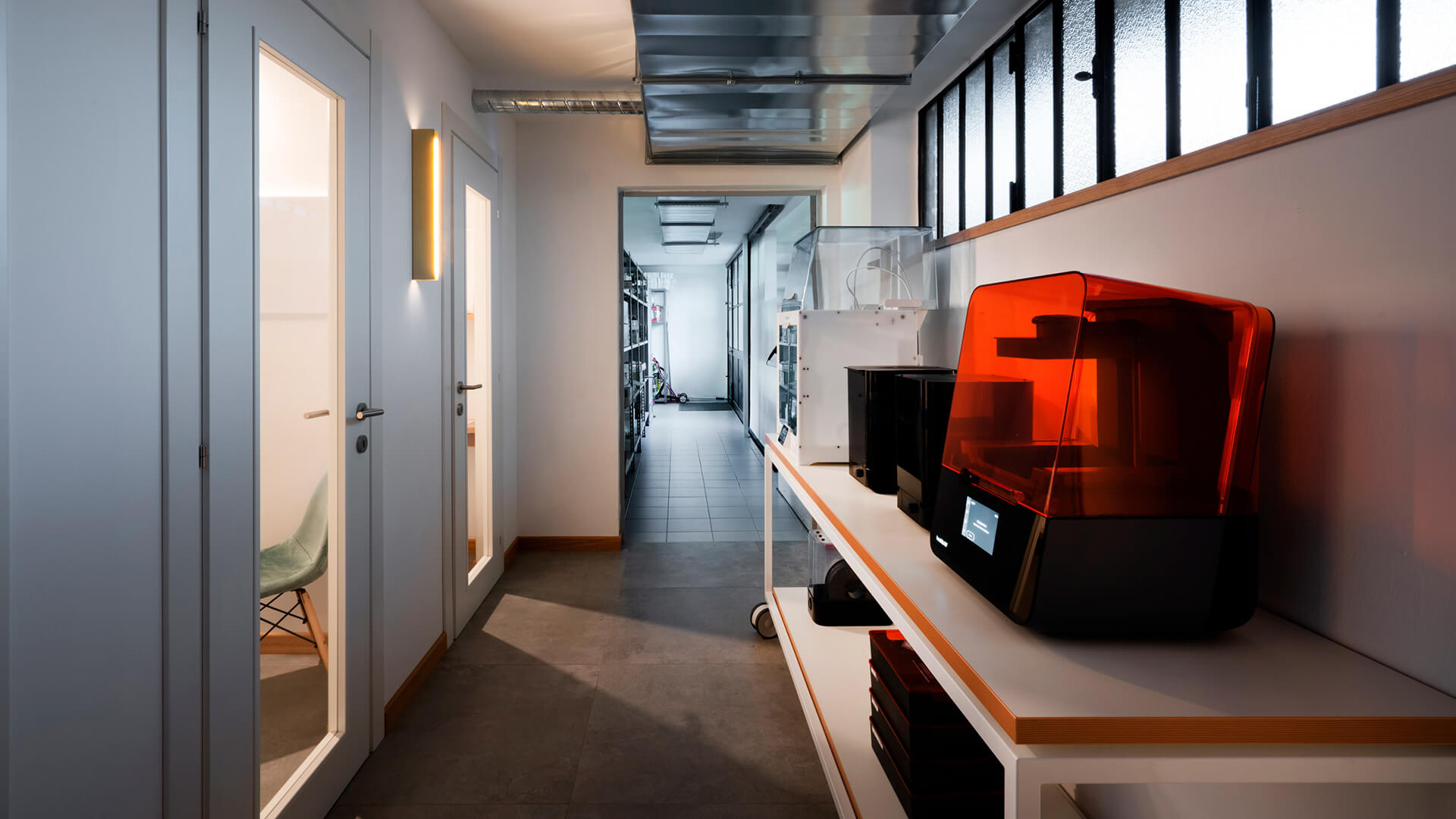
Along with innovative machines, a POC center also requires skilled experts that fully embrace our multidisciplinary approach to projects: the experts of the future will have different abilities from coding, to experiences in design and engineering.
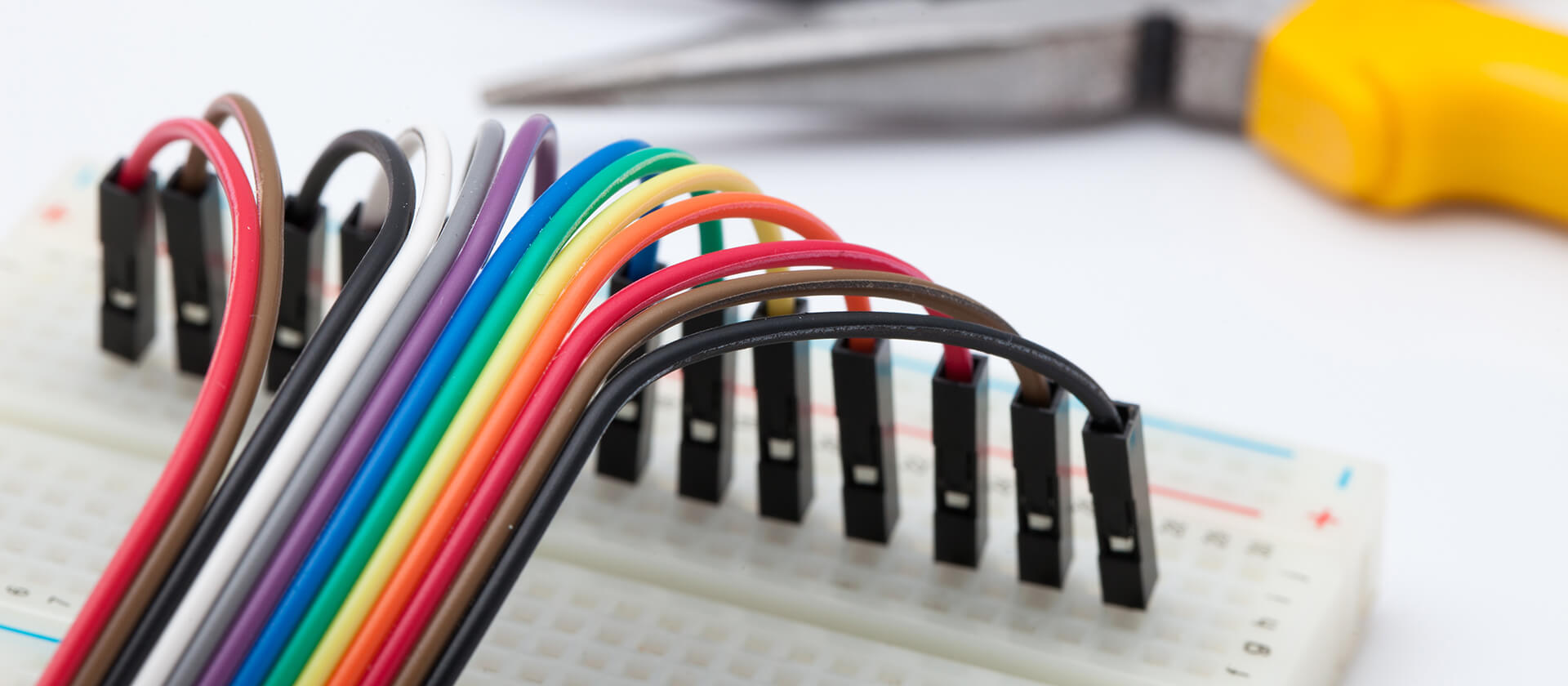
Let’s have a look at an actual project that involved a POC
Recently, we were required to design the interface of a new coffee machine. In order to test the interaction model and general usability of the machine and touchscreen interface, our UX team with the support of the Lab built a “black box” reproducing the coffee machine in dimensions and shape. A touchscreen was installed on the black box and to make it work was employed a Raspberry Pi - a low cost, credit-card sized computer.
Volunteers took part in the testing of the interface, our POC replicating the machine interface. Every user performed simple tasks such as order a coffee and their behavior was tracked by eye tracking devices. The data gathered gave our UX team valuable insights on the usability of the product and validated some elements of the brewing experience thanks to a low cost POC that only replicated the area to test, the touch screen monitor and User Interface.
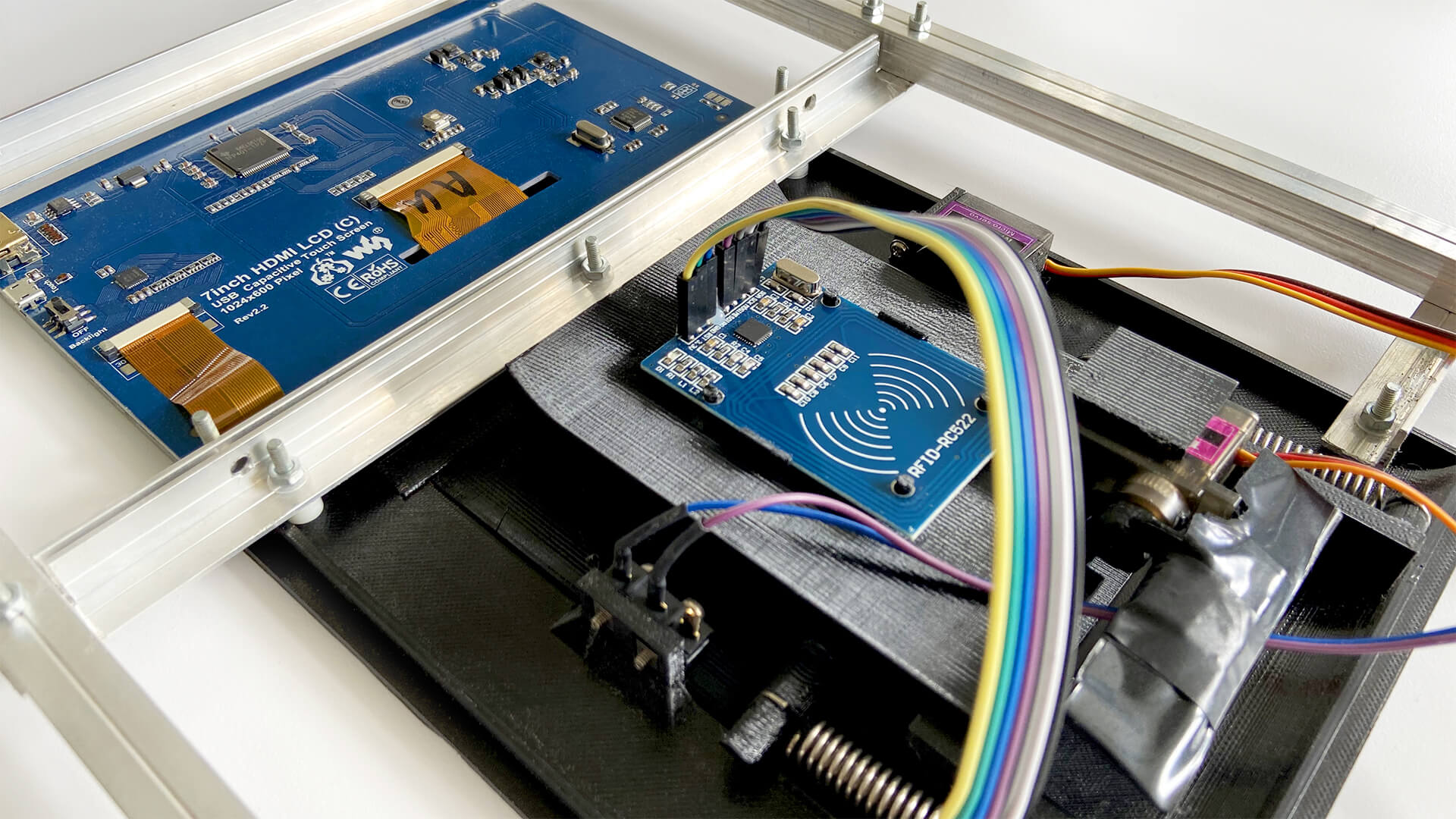
If you are interested in learning more about our innovative solutions and our experiences, read some of our latest articles!
-
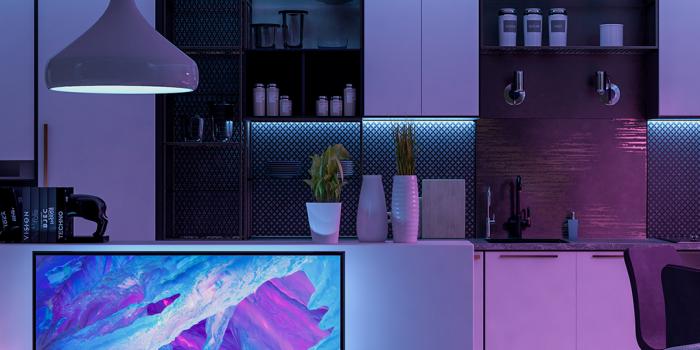
-
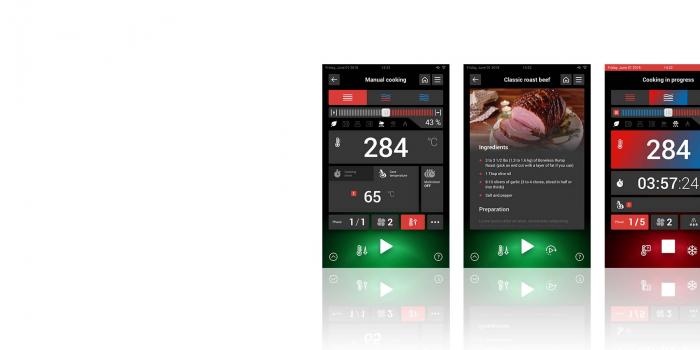
-

Perspectives Mar 30, 2020
KITCHEN 4.0: HOW DIGITALIZATION IS CHANGING THE RULES
Technological updating and the integration of an interconnected soul are turning modern professional kitchens into a perfect example of the 4.0 industry, where the product and its super digital powers become a tool to improve working conditions, enhance productivity, monitor the processes to achieve better results and create new business models






